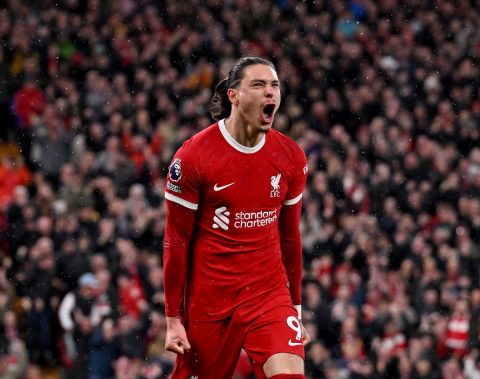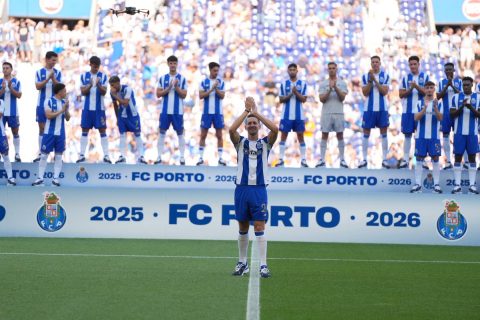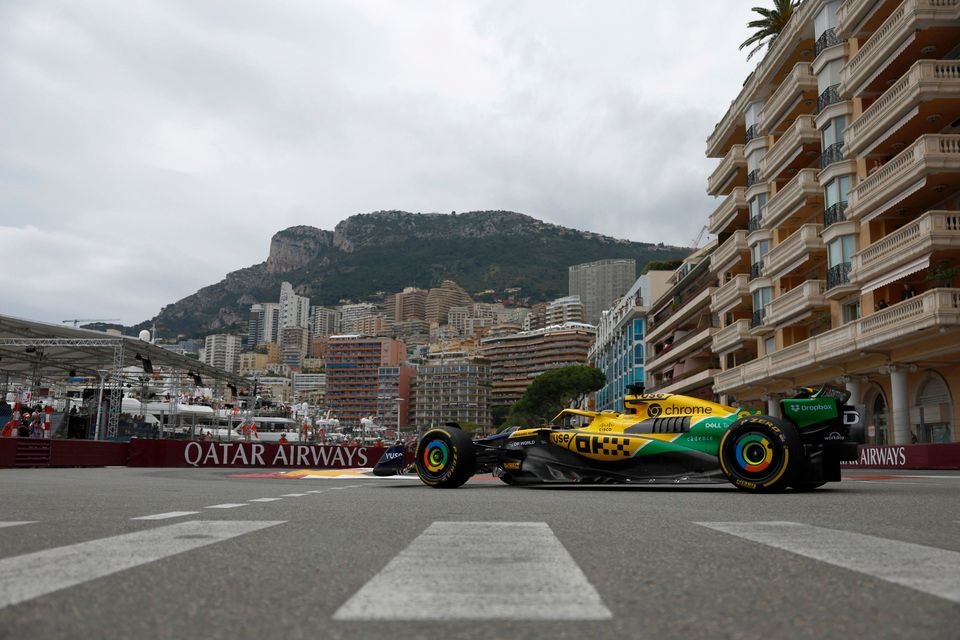The thrill of qualifying for the Monaco Grand Prix is unmatched in the world of Formula 1. Drivers skillfully navigate the winding streets of Monte Carlo, a challenging feat made even more daunting by today’s oversized F1 cars. It’s an ultimate test of precision, where even the smallest mistake could lead to disaster.
Despite the excitement on Saturdays, Sundays often devolve into a procession, highlighting the race’s decline. The Monaco GP was historically a hub for lucrative sponsorship deals conducted amid the glamour of the Café de Paris or aboard luxury yachts. However, such deals have now shifted focus, with Miami and Las Vegas becoming the new centres of Formula 1’s business opportunities.
The Changing Face of Formula 1
Like the F1 cars maneuvering the narrow track, the series appears to be outgrowing Monte Carlo’s capacity. The setup feels cramped within a space that sufficed in bygone eras, before cars became supersized and team rosters vastly expanded.
Monaco’s efforts in land reclamation for upscale real estate have not extended to altering the Grand Prix circuit for the larger demands of modern-day F1. The limited space on the F1 calendar — capped at 24 races — forces a competitive selection process steeped in economics.
Monaco’s New Deal with Formula 1
Liberty Media, which runs Formula 1, usually avoids long-term commitments unless substantial hosting fees justify such deals. Monaco’s new extended contract suggests a substantial figure is involved, setting a new precedent for staying on the calendar.
For those unable to afford consecutive year contracts, a rotating European race is an alternative. This system, though effective in the past, subjects some circuits to inconsistent inclusion in the F1 calendar.
The Future of European Races
Potential venues for a rotating setup include the Circuit de Barcelona-Catalunya, which is slated to lose the Spanish Grand Prix to Madrid in 2026. Hockenheim, the Nürburgring, Portimao, and Paul Ricard could feature under this model.
Spa-Francorchamps, hosting the Belgian Grand Prix, faces a contract expiration next year. The renewal terms could now mirror Monaco’s costly arrangement, forcing European promoters to grapple with high financial expectations from F1.
Monaco’s confirmed presence on the F1 calendar through 2031 underscores its enduring allure, despite waning racing allure. Whether Spa and similar venues can match the financial demands remains uncertain. This financial pressure ratchets up the investment stakes for other European races nearing contract renewal.
In conclusion, Monaco’s assured future in the sport reflects both its historic prestige and a new financial benchmark. European race organizers now find themselves evaluating budgets against the elevated fees now associated with a lasting place in Formula 1.








